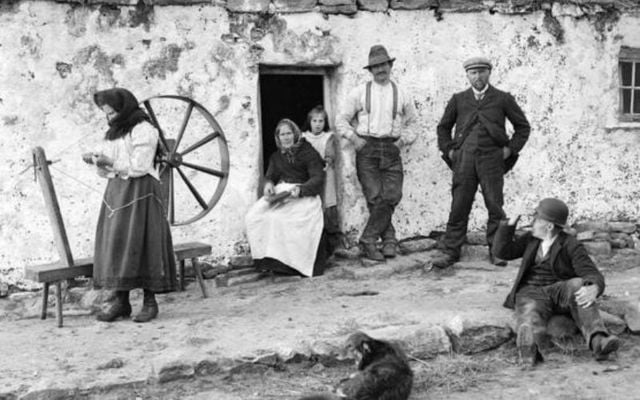While the Spanish Flu pandemic is rightly associated with the early 1900s, Ireland was also faced with a potentially more deadly outbreak of the bubonic plague at the turn of the century.
Bubonic plague is most commonly associated with the Middle Ages when the Black Death wiped out as many as 200 million people and 60% of Europe's population between 1347 and 1351. However, it persisted until the early 20th Century through smaller outbreaks and looked set to bring devastation to Ireland, particularly Dublin.
The deadly illness broke out in the Scottish city of Glasgow in August 1900 which provoked fears that Ireland was set for a disastrous outbreak of the ancient disease.
The disease likely surfaced in Glasgow when soldiers returning from the Boer War in Africa - where the plague persevered until the 20th century - brought it back with them.
However, while Dublin's population was dwarfed by several larger UK cities, there was a significantly higher risk that Dublin would be devastated by an outbreak of bubonic plague.
There was a high volume of traffic between ports in Dublin and Glasgow, and Dublin was at high risk of an outbreak due to its slums and tenements and poor sanitation - all of which provided an ideal breeding ground for bubonic plague.
The Guardian newspaper in England reported that Dublin was ill-prepared for an outbreak and offered a damning report of the city's hygiene and sanitation.
The paper said that there was “inadequate water-closet accommodation in a foul state; backyards ill paved and littered with refuse and excrement" all around Dublin city at the time of the outbreak in Glasgow.
The Guardian argued that the city would struggle to fight off the disease if it did surface there.
Authorities in Dublin took stringent measures, similar to those taken today with COVID-19, in order to curb the spread of bubonic plague in the city in 1900.
All ships entering Dublin from Glasgow were subjected to rigorous medical examinations and ports in Belfast, Cork, Waterford and Limerick adopted similar measures. Even smaller ports like Westport in County Mayo adopted stringent measures.
Authorities also covered open sewers, cleaned tenement houses, and tried to curtail the city's growing rat population to deal with the threat of bubonic plague.
Authorities also planned to build isolation hospitals around the country to deal with any confirmed cases of bubonic plague, but these were opposed by local politicians whose constituents did not want to risk a spread of the plague in their locality.

Love Irish history? Share your favorite stories with other history buffs in the IrishCentral History Facebook group.
Hospitals in Finglas, Dublin, Fenit, Kerry, and Tarbert, Limerick, were fiercely opposed by locals.
While local preparations were less than ideal, Ireland never had to deal with a widespread outbreak of bubonic plague in 1900.
Fortunately, authorities in Glasgow were far more strict in how they treated bubonic plague and the disease never fully took hold of the city. Similar to today, authorities placed anyone who contracted the plague into isolation along with all of those who came into contact with them.
By November, it was clear that they had successfully prevented a widespread outbreak of the plague and Ireland was spared a catastrophe.
* Originally published in 2020, updated in December 2023.




Comments